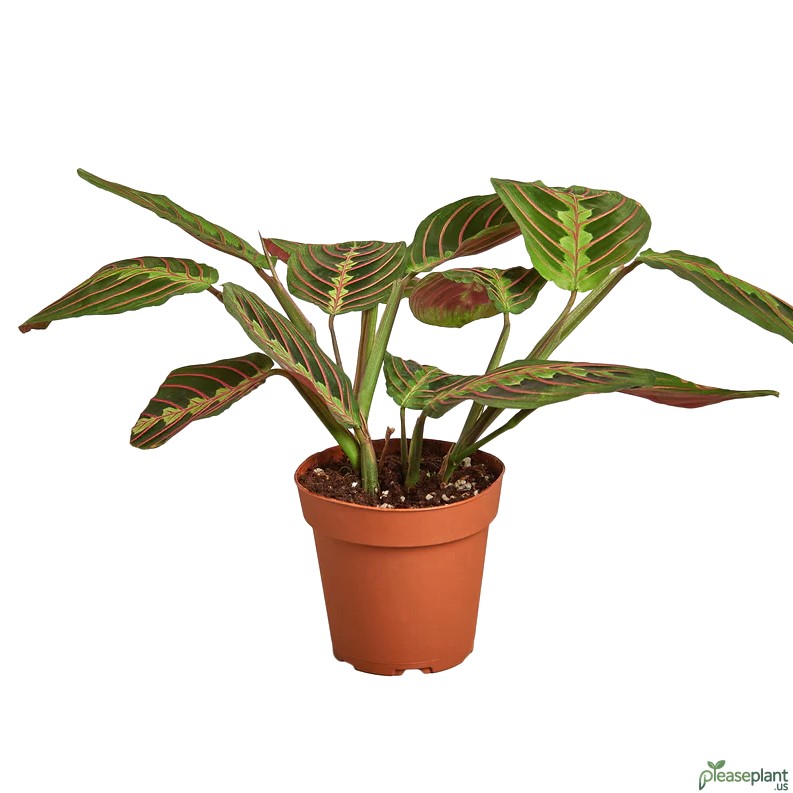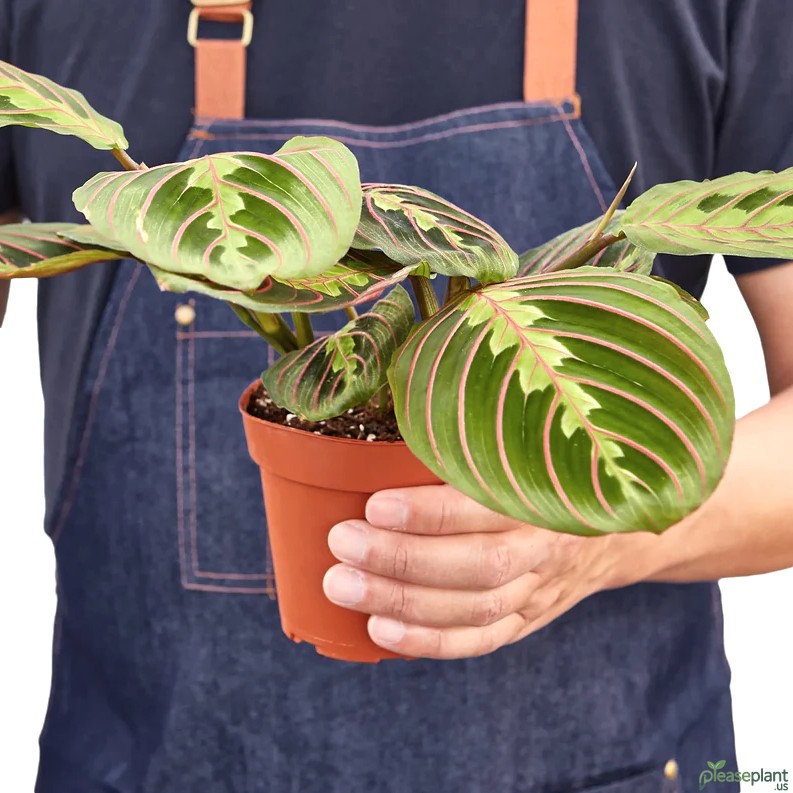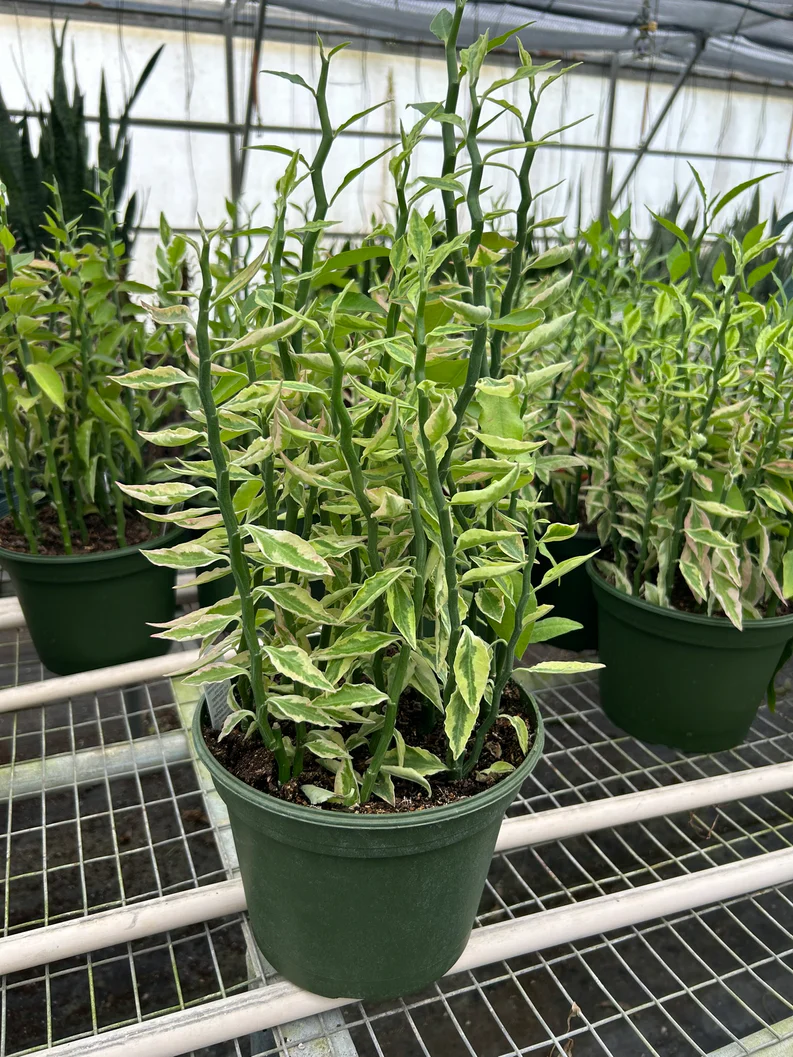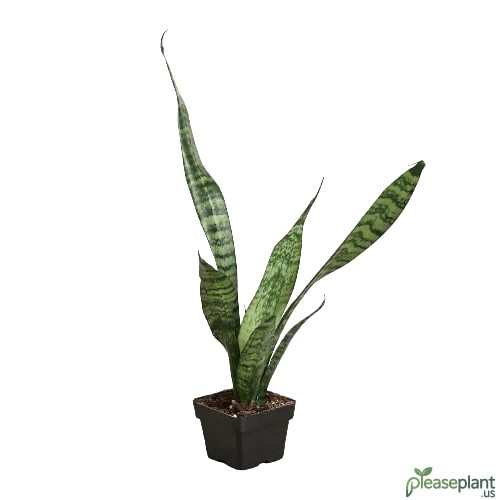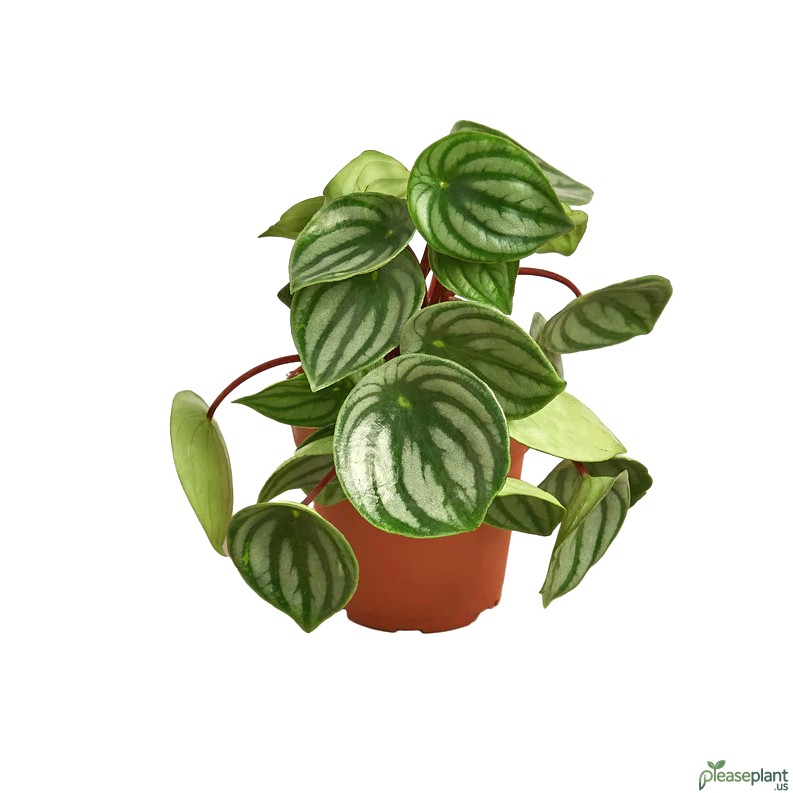The Maranta Red - Prayer Plant captivates with its vibrant foliage and unique leaf movements, but is it truly an indoor or outdoor plant? From my many years tending to these beauties, I can share what works best. While some might think it’s a simple houseplant, the truth is a bit more nuanced. This article dives into the ideal environment, lighting conditions, and care tips to keep your prayer plant thriving, indoors or out. Plus, I’ll sprinkle in some practical advice from my own experiences, including common pitfalls to avoid.
Let me tell you about my first Maranta Red
Back when I first stumbled upon the Maranta Red - Prayer Plant, I was dazzled by its stunning leaves, deep red veins, and that almost spiritual way it folds up at night. A true marvel! But I was puzzled: is this little gem meant to be an indoor companion or a garden star? I remember trying to place it outside for a summer, thinking it would soak up the sun and show off its colors. Nope. That was a rookie mistake. The leaves curled and browned faster than you can say "prayer plant," and I quickly learned the truth.
Why the Maranta Red - Prayer Plant prefers indoor life
This plant hails from the tropical rainforests of Central and South America, where it enjoys warm, humid, and shaded conditions. So, right off the bat, you know it’s not the type to bask in the blazing sun or endure chilly winds. Indoors, I found the perfect balance: indirect light, consistent warmth, and humidity levels that don’t turn the leaves into crispy relics. A spot near a north-facing window or behind a sheer curtain is ideal. Direct sunlight? Forget it — that’s plant torture.
What about taking it outside?
I’m not saying it can never go outdoors, but you’ll need to be extra careful. If you’re tempted to set your prayer plant outside for fresh air, do it only in the mild shade during the warmest months. Early morning or late afternoon sun might be okay, but midday sun is its worst enemy, especially during summer. Also, sudden temperature drops at night can shock the plant badly. And don’t even get me started on pests — outdoor life invites unwanted visitors that can stress the red prayer plant.
practical care tips to keep your Maranta Red happy
Humidity is king for these plants. I once tried misting mine daily, but it wasn’t enough. Investing in a humidifier or placing the pot on a pebble tray filled with water made a big difference. Water-wise, keep the soil consistently moist but not soggy — overwatering is a common blunder. And hey, the leaf movements? They’re real and fascinating; it’s how the plant "prays" by folding its leaves at night, which is a sign it’s content.
Final thoughts from my gardening diary
If you want a low-maintenance yet captivating plant, the Maranta Red - Prayer Plant is definitely worth a shot. Indoors, it can brighten up even a dim corner and add a splash of liveliness. Outdoors, only if you’re ready to baby it through the seasons and keep it sheltered. I’ve learned that patience and the right environment equal a happy prayer plant, and trust me, they’ll reward you with their charm and grace.

